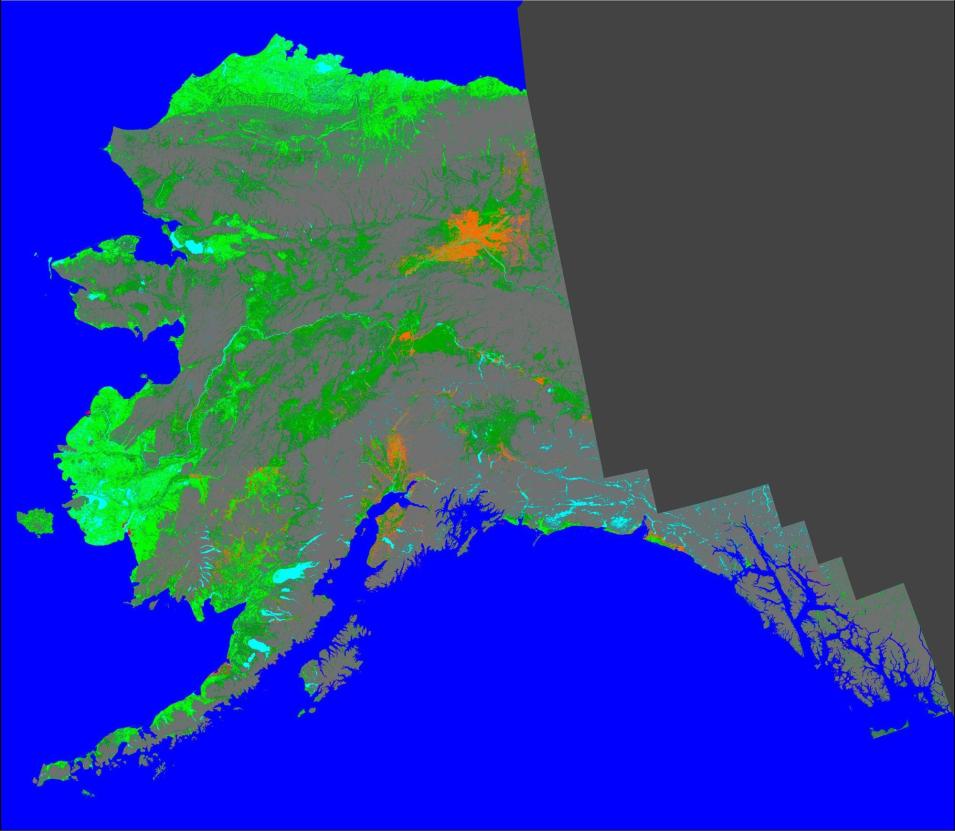Wetlands are ecologically dynamic land areas that support more biological diversity than any other type of ecosystem on the planet. In addition to supporting an astonishing variety of plants and animals, wetlands filter and purify water, control flooding, and stabilize shorelines. However, as sources of fish, fuel, land, and water, wetlands are threatened around the globe as the demand for these resources grows. Remote sensing provides a means of identifying and observing changes occurring in these critical ecosystems.
Synthetic aperture radar (SAR) uses microwave energy to detect physical properties of the Earth’s surface. Unlike optical technology, SAR can image through darkness, clouds, and rain. The characteristics of SAR make it a particularly effective tool for measuring water inundation, seasonal variations in water levels or habitat, large-scale vegetation patterns, and the effects of natural or human disturbance on wetland areas.

